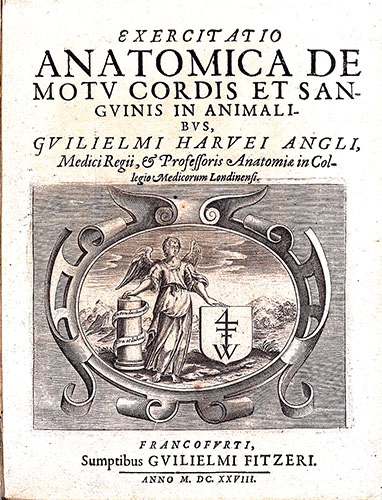About BaroPace™

Early 1800's
The important relationship between heart rate and blood pressure was identified by Jean Léonard Marie Poiseuille in the 19th century.
1932
The cardiac pacemaker was invented.
Today's Pacemakers
2019 | BaroPace™ is Established
Why is this important?
- A more physiologic pacemaker-mediated heart rate response at rest and with exercise for all patients with pacemakers.
- A new treatment option for Drug Resistant Hypertension and the most common form of Heart Failure, HFpEF.
What is Drug Resistant Hypertension (DRH)?
- More than 40% of patients with High Blood Pressure are resistant to treatment (Drug Resistant Hypertension, DRH) an estimated 3.5 million adults in the U.S. and 870 million worldwide, at an annual cost of $17.9 billion in the U.S. beyond the cost associated with nonresistant hypertension. Besides an increased incidence of heart attack, stroke, and death, DRH often results in Heart Failure due to excessive thickening of heart muscle (so-called Diastolic Heart Failure now known as HFpEF).
- Dramatically increases the risk of heart attack, stroke, kidney failure, and death.
- Accounts for one half-trillion dollars of annual worldwide healthcare cost.
- No drug or device therapies have been shown to be safe and effective.
What is HFpEF, also known as Heart Failure with Preserved Ejection Fraction?
HFpEF by the Numbers
- Six million U.S. cases
- Five hundred thousand new U.S. cases annually
- Twenty-three million cases worldwide
- $30 billion in U.S. healthcare costs in 2017, projected $50 billion by 2030.
Company Story
BaroPace™ was formed and additional world-class clinicians and scientists joined as scientific advisors, including Kenneth Ellengbogen, MD, author of the definitive book on cardiac pacemakers, and Uri El Kayam MD, an international expert in Heart Failure, Domenic Sica MD, Director of the Hypertension Clinic at VCU, Mark Kroll PhD, former Chief Technology Officer for St. Jude Medical, and Beth Neely, former Director of Global Regulatory Affairs for St. Jude Medical. The clinical data was presented May 2019 at a prestigious international meeting (Heart Rhythm Society) and published. BaroPace entered into an agreement with Medtronic in 2019 to collaborate on the benchtop development of the PressurePace™ prototype. This was successfully completed and tested in an anesthetized animal model in 2021.
Pilot prospective human testing of the PressurePace™ system in DRH was successfully completed in 2021 (Chairside-I) and the results reported at the American College of Cardiology National Convention in April 2022. Randomized prospective human testing using PressurePace™ comparing exercise tolerance in HFpEF patients compared to standard pacemaker rate modulation was completed in August 2022. Ten out of ten HFpEF patients showed significant improvement in treadmill exercise tolerance with BaroPacing. The results will be submitted for publication.
